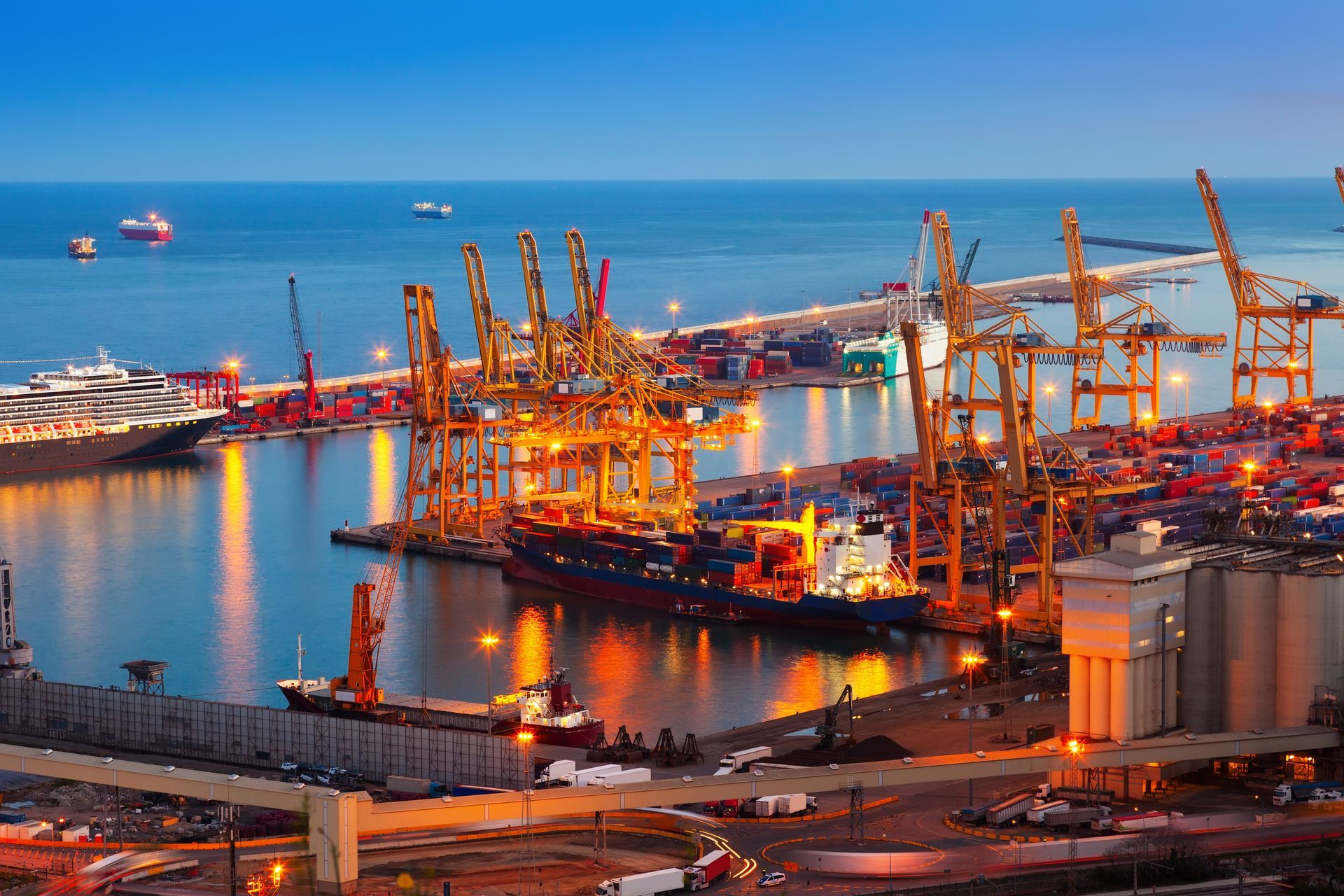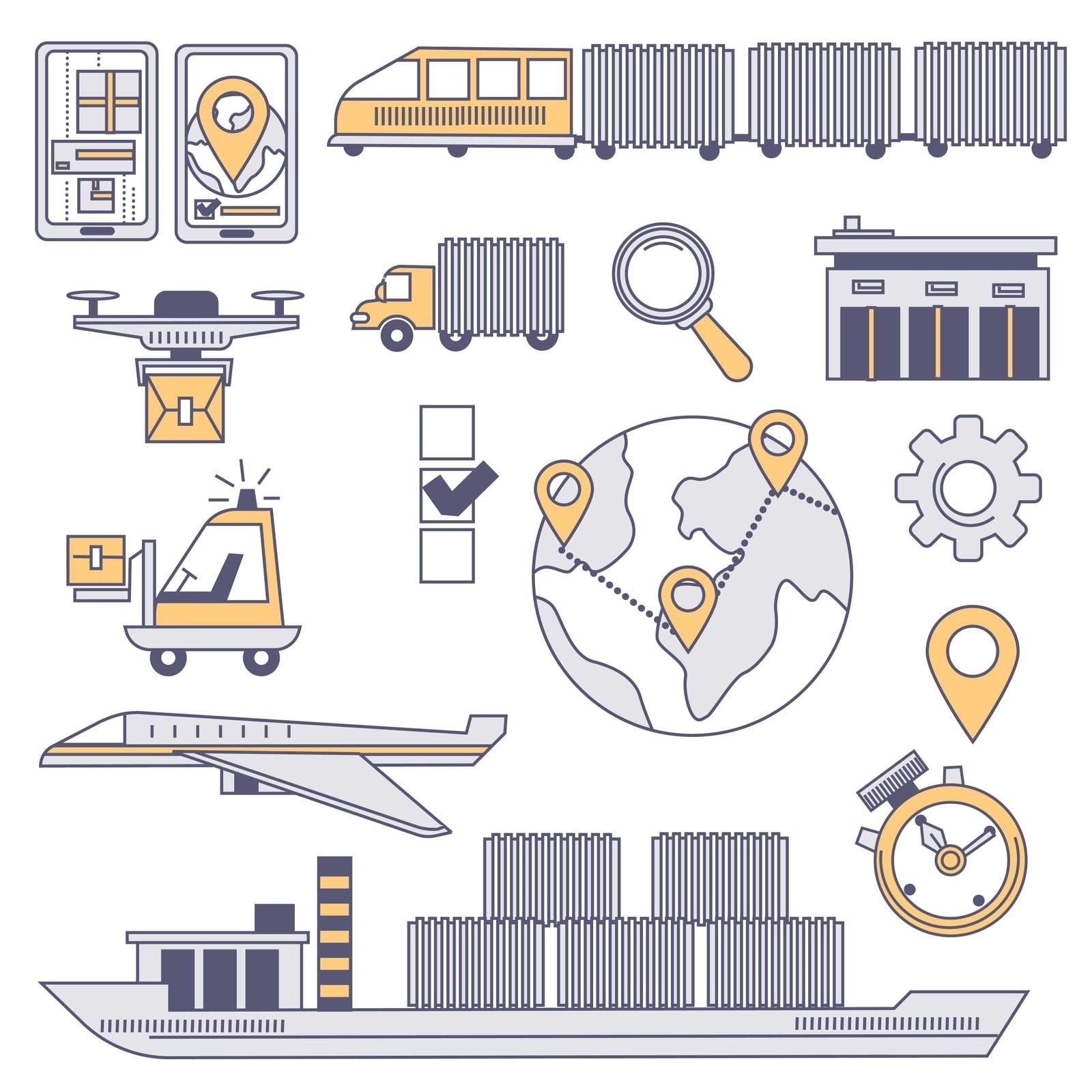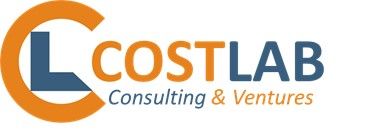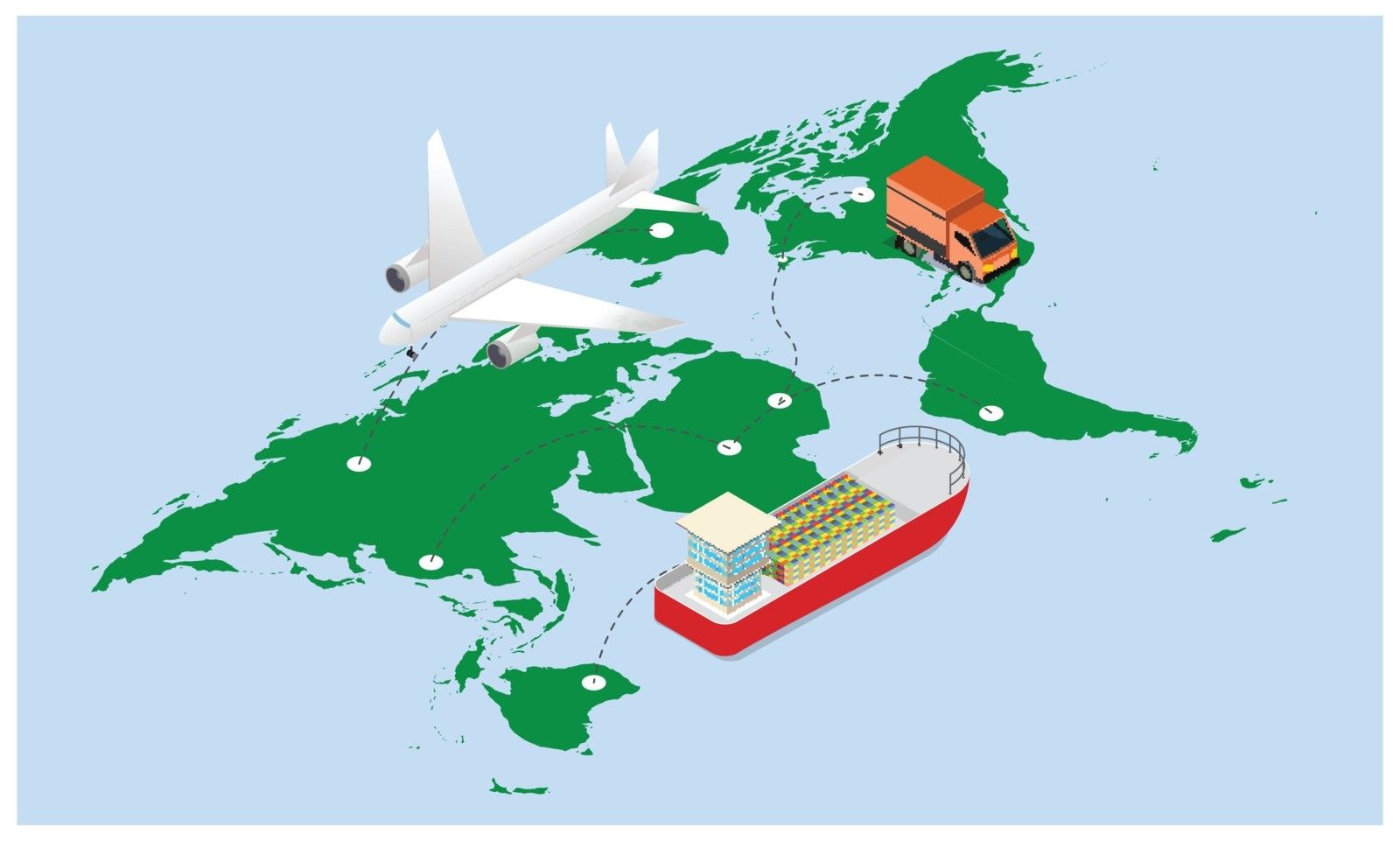SUPPLY CHAIN RISK ANALISYS
Supply Chain Risk Management (SCRM) is the set of processes, strategies and tools to identify and manage threats that can affect supply chains, ensuring an uninterrupted flow of goods and services to the companies and customers who depend on them.
The risks

Natural
Natural disasters such as earthquakes, floods, hailstorms, droughts, etc. can strike with little or no warning and disrupt supply chains anywhere in the world.
Geopolitics
When governments are replaced, war breaks out, or tariffs change unexpectedly, supply chains can be affected. These can be minor problems but also long interruptions or even the loss of purchased goods and materials.
Man-made problems
Fires, explosions and other risks that arise from the action or inaction of an individual or group can cause serious problems along the supply chain. Sometimes suppliers themselves choose not to report such disruptions, forcing companies that depend on them to actively monitor their supply chains for events related to these risks.
Computer scientists
All suppliers depend on their own information systems and are often not integrated with their customers. A serious cyber attack or theft of business data can cause damage to your suppliers' production and supply chain and, indirectly, to your company.
Financial sector
Market volatility, liquidity crises and economic downturns can pose a serious threat to a supplier's financial health. When suppliers have to cut costs, reduce services, raise prices or even shut down operations, the companies that depend on them are hurt.
Reputational
Supplier actions can create reputational damage and also be transmitted to client companies. Today, problems related to social responsibility, environmental sustainability and compliance are among the most common.
SUPPLY CHAIN RISK ANALYSIS:
THE SOLUTION

This analysis allows us to strengthen the process of monitoring the resilience of the company's supply chain through the regular assessment of the risk profile of its suppliers.
Goals
- Increased management awareness Improved control over supply risks Strengthened preparedness to react to changes in the environment Balancing performance optimization needs with risk mitigation
Advantages
- Reduce or prevent disruptionsImprove resilience to unexpected eventsContain supply costsImprove corporate reputationImprove visibility and transparency along the supply chainImprove supplier relationships
It helps protect business continuity, reduce costs and improve an organization's resilience in the face of a wide range of risks that can affect its supply chain.



